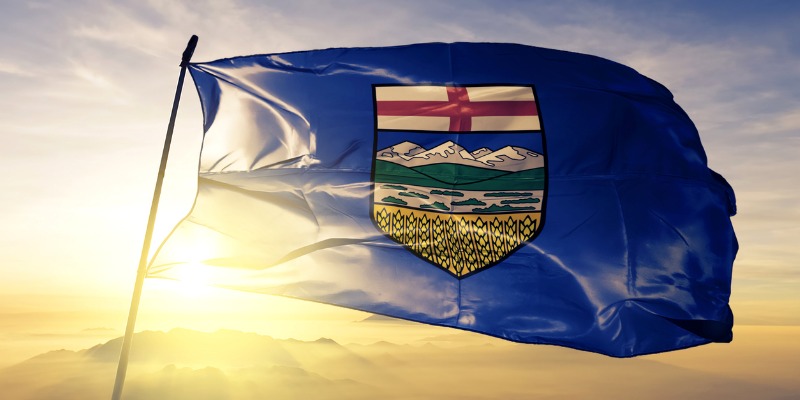Kenney government should use windfall to reintroduce sustainability fund

According to the Kenney government’s mid-year fiscal update released Tuesday, Alberta’s budget deficit will be $5.8 billion in 2021/22, $12.4 billion less than originally forecast in Budget 2021, due largely to higher-than-expected resource revenue. The Kenney government should use this opportunity to reintroduce the Alberta Sustainability Fund and finally get off the resource revenue rollercoaster.
Natural resource revenue is inherently volatile. Since 1970/71, resource revenue (adjusted for inflation) has ranged from a low of $1.6 billion (1970/71) to a high of $19.0 billion (2005/06). As a share of provincial revenue, it’s ranged from 6.5 per cent (2015/16) to 77.4 per cent (1979/80).
Despite this volatility, successive governments in Alberta have spent most or all resource revenue as it came in the door. This created a boom-bust cycle in provincial finances where governments increased spending to unsustainable levels during boom times and then inevitably incurred budget deficits when commodity prices declined.
Consider this. Alberta’s per-person program spending (adjusted for inflation, excluding debt interest costs) increased from $8,012 in 1999/00, when resource revenue began increasing, to $12,740 by 2008/09. Once resource revenue declined, the province had to borrow money (i.e. incur deficits) to pay for spending that could only be sustained without deficits when resource revenues were high. Provincial program spending has remained high and deficits have persisted every year (excluding 2014/15).
With the recent rebound in resource revenue, as illustrated in this week’s fiscal update, its time to change course and re-establish the Alberta Sustainability Fund (ASF). Originally introduced in 2003, the ASF set an amount of resource revenue ($3.5 billion) that could be spent annually. When resource revenues were above that amount, the excess was saved to be used when resource revenues fell below that amount. The idea was simple—save during good times to help stabilize resource revenue during bad times.
Unfortunately, like is so often the case with fiscal rules, the government of the day eliminated the fund after the province’s finances faltered and Edmonton needed more revenue. In other words, instead of reducing spending to counter the effects of lower resource revenue, the government reverted to including all resource revenue in the budget and eventually eliminated the fund in 2013.
By limiting (and stabilizing) the amount of resource revenue included in the budget, a reintroduced ASF would help restore discipline to government spending and prevent the resource-driven boom-bust cycle in government finances. This time, the government should establish the fund with a “constitutional rule,” which would make it more difficult for future governments to change.
A windfall in resource revenue is good news for Albertans, but including all of it in the provincial budget will only perpetuate the boom-bust cycle in Alberta’s finances. Re-establishing the Alberta Sustainability Fund would allow for a stable predictable level of resource revenue for the budget to help the province get off the resource revenue rollercoaster.

